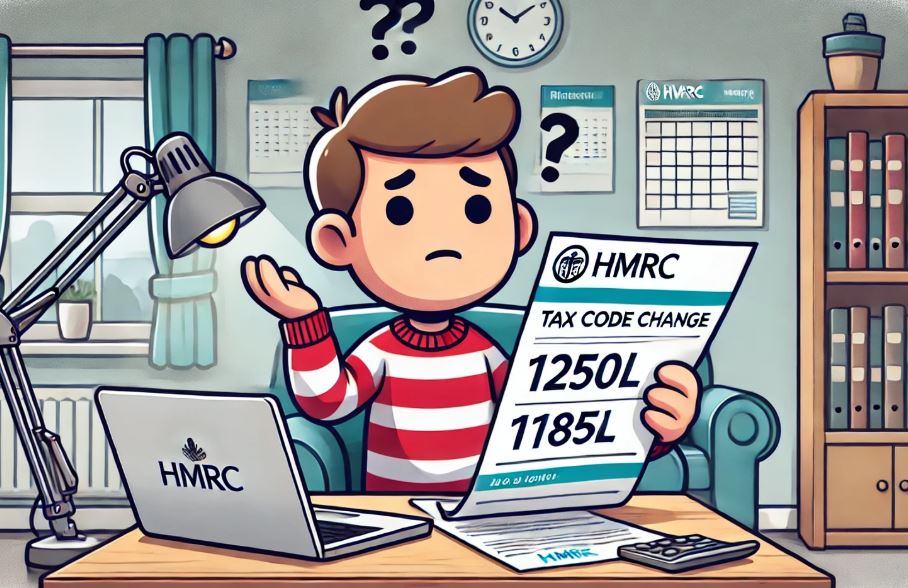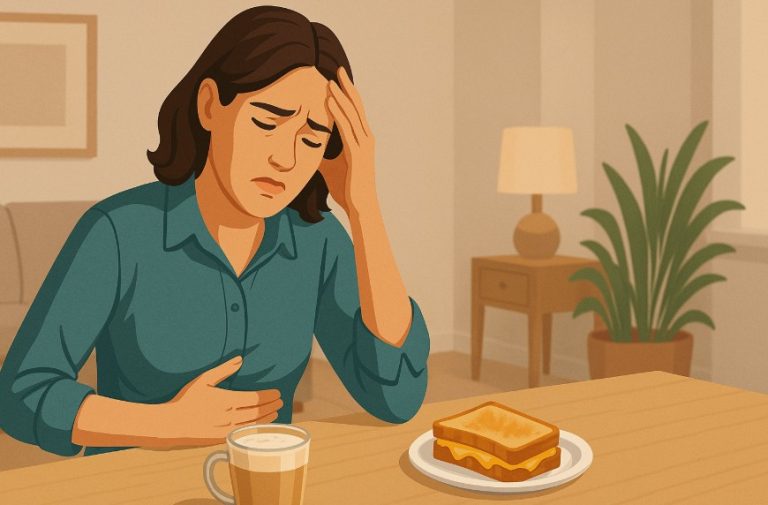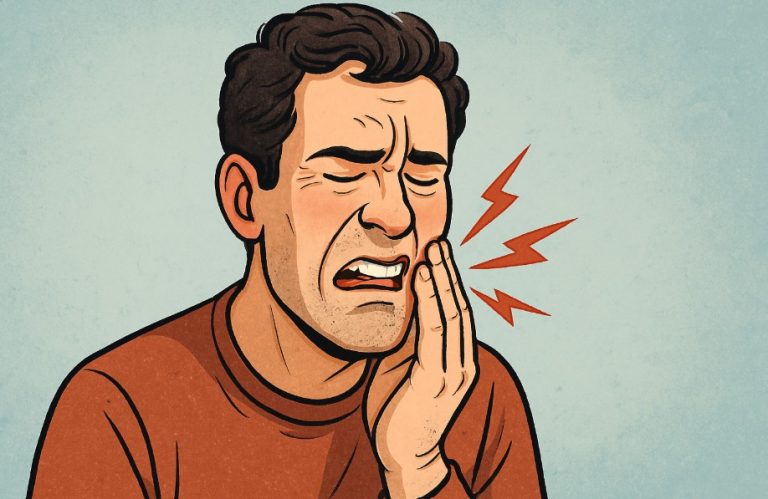Why Has My Tax Code Changed From 1250L to 1185L? | A Complete Breakdown
Tax codes might seem like a small part of your payslip, but they play a big role in determining how much tax you pay. When your tax code changes, it can be confusing or even worrying, especially if your code drops from 1250L to 1185L.
However, every change has a reason. Understanding why it happens is crucial to making sure you’re not overpaying or underpaying income tax.
This guide offers a full breakdown of the possible reasons behind a change in your tax code and helps you figure out your next steps. If you’re wondering why this shift happened, you’re not alone, and there are answers.
Why Do Tax Codes Change in the UK?

Tax codes in the UK are designed to ensure that employees and pensioners pay the correct amount of tax throughout the year.
These codes are not fixed, they are updated regularly by HMRC based on individual circumstances, policy changes, and income updates. Understanding why your tax code changes is key to keeping your finances in check and avoiding surprises.
Understanding the Structure of a Tax Code
Before diving into the reasons tax codes change, it’s important to understand what a tax code represents. A standard tax code consists of a number and a letter, for example, 1250L.
The number indicates the amount of tax-free income you’re entitled to in the current tax year. Multiply it by 10 to get the figure (e.g., 1250 × 10 = £12,500).
The letter provides context about your circumstances. Common letters include:
- L – entitled to standard personal allowance
- M – recipient of Marriage Allowance transfer
- N – has transferred Marriage Allowance
- BR – all income taxed at basic rate (no allowance)
Changes in either the number or the letter, or both, indicate that HMRC has updated your income tax calculation.
Income and Employment Changes
One of the most common reasons for a change in your tax code is a shift in your employment situation. HMRC receives real-time data from employers via PAYE. When you:
- Start a new job
- Leave a job
- Take on multiple jobs
- Begin receiving a pension
your tax code may be adjusted to reflect the new level or structure of your income.
If you do not provide a P45 to your new employer, you may be put on an emergency tax code. This temporary code could result in more tax being deducted until your full income details are confirmed.
Government Policy and Personal Allowance Adjustments
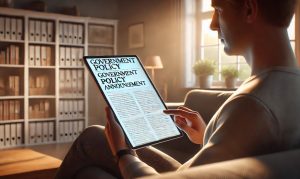
Each financial year, the UK government can revise the personal allowance threshold, the amount of income on which no tax is paid. A change in this threshold leads to a universal change in tax codes.
For instance:
- If the personal allowance increases to £12,570, tax codes will be updated to 1257L.
- If it decreases, tax codes like 1185L may be issued instead.
These automatic changes ensure alignment with national tax policies and prevent underpayment or overpayment.
Benefits and Deductions Affecting the Code
Employment perks, also known as benefits in kind, can reduce your tax-free allowance, resulting in a lower code. These include:
- Company cars
- Fuel allowances
- Health insurance
- Employer-provided loans
If the value of these benefits increases or new benefits are added, your tax code will change accordingly to collect tax on those items.
Likewise, if you owe tax from a previous year, HMRC may reduce your personal allowance in the current year to recover the debt. This can reduce your code by several points.
Receiving Income from Multiple Sources
Individuals who receive income from more than one source, such as multiple jobs, pensions, or investments, will usually see changes in their tax code.
HMRC adjusts your code to reflect your total taxable income and ensure that your personal allowance is only applied once.
In many cases:
- Your main job or pension gets the full or partial allowance
- Secondary income sources are taxed using a different code (like BR or D0)
This prevents duplication of the allowance and ensures that the appropriate rate of tax is paid across all income streams.
Tax Code Corrections and Reviews
Mistakes can happen. If HMRC or your employer inputs incorrect information, your tax code may be wrong. Sometimes changes occur when:
- Income estimates are inaccurate
- Old employment records haven’t been updated
- You forget to report a change in benefits or personal status
When HMRC discovers discrepancies, they may issue a coding notice and adjust your tax code mid-year. You can view or challenge these changes via your HMRC personal tax account.
What Does It Mean If My Tax Code Changed from 1250L to 1185L?

A change in your tax code from 1250L to 1185L signifies that HMRC has reduced your personal allowance, which is the amount of income you can earn before paying tax.
In the UK, tax codes are made up of a numeric value and a letter, together, they help your employer or pension provider calculate how much income tax to deduct under the PAYE (Pay As You Earn) system.
The number part of the code, when multiplied by 10, tells you the total amount of income you’re entitled to receive tax-free in a given tax year.
So, a tax code of 1250L allows £12,500 of tax-free income, whereas 1185L means your tax-free allowance has dropped to £11,850. The “L” denotes that you qualify for the standard personal allowance, typically available to most taxpayers.
This kind of adjustment usually occurs because HMRC has identified a change in your financial or employment circumstances.
They may have received information suggesting you have additional income, taxable benefits, or unpaid tax from a previous year that needs to be collected.
Rather than requesting a lump-sum payment, HMRC spreads the adjustment across the year by reducing your allowance, hence the drop from 1250L to 1185L.
Several key factors can trigger this reduction:
- You might have started a second job or freelance role.
- You may be receiving benefits from your employer, such as a company car or medical insurance.
- A pension or other form of untaxed income might now apply to your profile.
- HMRC may be collecting tax owed from a prior tax year through your current income.
From a financial perspective, the change means a slightly higher portion of your income will now be subject to income tax. Your take-home pay may reduce marginally, depending on your overall income and how often you’re paid.
It’s important to understand that such changes aren’t necessarily permanent. If your circumstances change again, or if HMRC recalculates your tax position, your tax code may be updated again, either upward or downward.
Checking your payslips, P60, and coding notices regularly will help you track these changes. If you believe the change is incorrect, you should contact HMRC to clarify or request a review of your tax code.
Could Government Changes in Personal Allowance Affect My Tax Code?
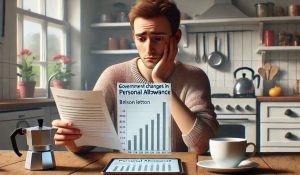
The personal allowance is subject to change based on the UK government’s fiscal policies. During the annual budget announcements, the Chancellor may increase or decrease the threshold at which income tax begins. When such updates occur, they are automatically reflected in tax codes issued by HMRC.
If the government reduces the personal allowance, your tax code will also reduce. For example, if the allowance is decreased to £11,850, your new code becomes 1185L. These updates are usually made at the start of the new tax year in April and apply to all qualifying taxpayers.
Government-driven changes ensure that tax codes remain aligned with the latest income tax bands and allowances. It’s important to keep track of such announcements, as they may directly influence your monthly take-home pay.
Can Additional Income Lead to a New Tax Code?
Additional untaxed income can significantly influence your tax code. When HMRC identifies a second income stream, they often adjust your main tax code to ensure you are taxed correctly across all sources. This applies even if the secondary income is small or irregular.
Sources of additional income that can prompt a tax code change include:
- Starting a second job or freelancing
- Receiving dividends or rental income
- Drawing a private or state pension
- Claiming taxable benefits such as company bonuses or car allowances
Instead of taxing this extra income separately, HMRC reduces the tax-free portion of your primary income. This is reflected in a lower number in your tax code, which allows your main employer to collect more tax through PAYE and balance your total liability.
Could Previous Year Tax Adjustments Be the Reason?

If you overpaid or underpaid tax in a previous tax year, HMRC may adjust your current year’s tax code to recover or repay the difference.
Rather than issuing a one-off payment request or refund, they prefer to apply changes gradually across the year.
For example, if you underpaid £240 last year, HMRC may reduce your tax-free allowance by £240 this year, equivalent to a £20 monthly adjustment. This results in a lower tax code and slightly higher tax deductions from your salary each month.
In the case of an overpayment, your tax code may be temporarily increased to allow you to receive a higher portion of your income tax-free until the overpayment is corrected. These changes ensure accurate, up-to-date tax contributions without abrupt financial impact.
Do Benefits or Pensions Cause a Tax Code to Change?
Benefits and pensions that are subject to taxation directly affect your tax code. HMRC includes the value of taxable benefits in your total income estimate, which reduces your available personal allowance and results in a new tax code.
Examples of taxable benefits include:
- Company car or fuel allowance
- Private medical insurance
- Childcare benefits provided by employers
- Workplace or state pensions
If the value of these benefits increases or new benefits are added, HMRC recalculates the taxable portion of your income and adjusts your tax code accordingly. For pensioners, any changes in the amount received or the addition of another pension source can also lead to a code revision.
These adjustments ensure that benefits and pensions are taxed consistently alongside employment income, preventing either underpayment or overpayment throughout the year.
Does the Marriage Allowance Affect My Tax Code?

Marriage Allowance allows one spouse or civil partner to transfer a portion of their unused personal allowance to the other, offering potential tax savings. This adjustment affects the tax codes of both individuals.
If you receive a transferred allowance, your tax code increases to reflect the additional tax-free income. Conversely, if the allowance is withdrawn, perhaps due to a change in income, marital status, or eligibility, your code is adjusted downward, often resulting in a tax code like 1185L.
Marriage Allowance transactions are typically handled annually, but any mid-year change, such as the cancellation of a transfer, will be reflected in a revised tax code to ensure the correct tax is collected going forward.
Can Changing Jobs Trigger a New Tax Code?
Starting a new job often results in the issue of a new or temporary tax code, especially if your new employer does not receive your P45 from the previous employment. Without full details of your income history, HMRC may issue an emergency tax code, which can lead to over- or under-taxation.
Common emergency codes include:
- 0T: No personal allowance applied
- BR: Basic rate tax applied on all earnings
- D0: Higher rate tax applied, with no allowance
Once your full income details are confirmed and processed, HMRC updates your tax code to reflect your total annual income.
If you’ve started a new job and your earnings put you above the standard personal allowance, you may receive a tax code like 1185L, especially if you’re now receiving benefits or income from multiple sources.
Submitting your P45 promptly and reviewing your payslip for the correct code are vital steps when switching jobs.
How Can I Fix or Understand My Tax Code Better?

Understanding and managing your tax code helps avoid paying too much or too little tax. If your code changes unexpectedly or seems incorrect, the first step is to check your records. HMRC provides a personal tax account service that allows you to:
- View your current and past tax codes
- See how your code was calculated
- Check which employers or pensions it applies to
You can also review your payslip, P60, or P45 to compare the code applied by your employer. If there is a mismatch or error, it’s best to contact HMRC directly. Providing supporting documentation helps resolve discrepancies efficiently.
Occasionally, you may need to consult with a tax adviser or accountant, especially if you have multiple income streams or have received inconsistent coding notices from HMRC. Staying proactive about tax code reviews ensures financial accuracy and prevents tax surprises at the end of the year.
Conclusion – Why It’s Important to Understand Your Tax Code?
A tax code is more than just a number on your payslip, it’s the foundation of how your income is taxed. A change from 1250L to 1185L isn’t necessarily a mistake but a reflection of your evolving financial situation.
By keeping track of your code and understanding the reasons behind changes, you can avoid overpaying or underpaying tax and maintain control over your finances.
When in doubt, consult HMRC or a tax professional to ensure everything is in order. Knowing your tax code today means fewer surprises tomorrow.
FAQs About Tax Code Changes
What should I do if I receive a new tax code unexpectedly?
You should log in to your HMRC personal tax account and review the details. If something seems wrong, contact HMRC with supporting documentation like your payslip or P60.
Is 1185L worse than 1250L?
Not necessarily. It simply means your personal allowance is lower, so more of your income is subject to tax. It could be due to additional income or other factors.
How often does HMRC change tax codes?
HMRC can change tax codes any time your circumstances change, such as new income sources, benefits, or tax adjustments from previous years.
Can I request a correction if my tax code is wrong?
Yes. You can contact HMRC directly through your online account or phone to request a review and correction of your tax code.
Why does my tax code keep changing every year?
Tax codes may change due to updates in personal allowance, job changes, income shifts, or changes in benefits. Each tax year reflects your most current financial situation.
What if I am on an emergency tax code?
An emergency code means HMRC hasn’t received enough information about your income. Once full details are submitted, your code will be updated and you may get a refund.
Will a tax refund be triggered after a code change?
If you’ve overpaid due to a previous incorrect code, HMRC will usually issue a refund automatically through your payslip or at the end of the tax year.

